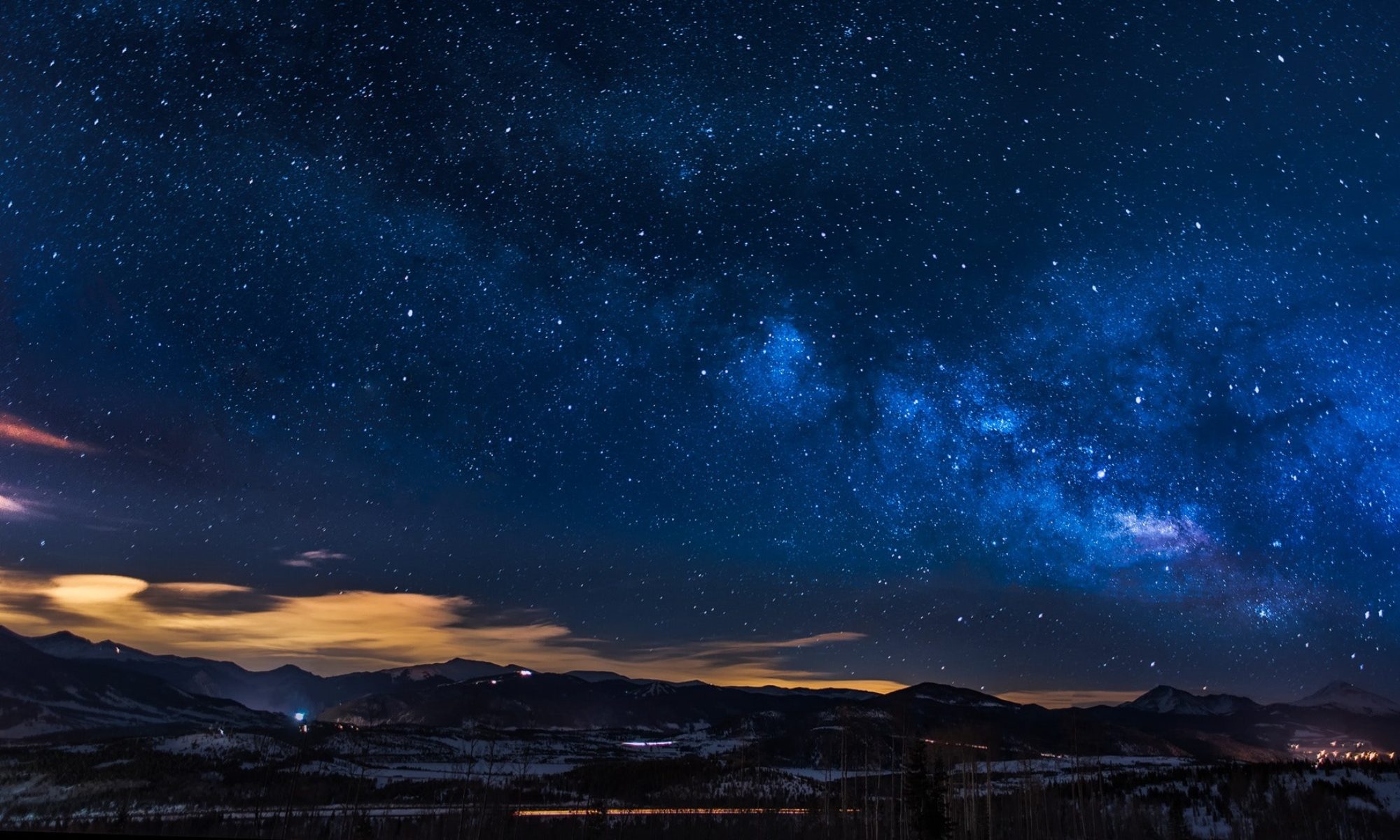Reading about yourself is like looking in a mirror. Boston has seen itself in major literary works throughout its history, works that reflected the city and sharpened its self image. But the image handed down from its earliest days is at odds with the reality of a city filled with people from every part of the world.
It’s that reality I wanted to talk about. So I met with Rajini Srikanth, an associate professor of English at UMass Boston and director of the University Honors Program who moved to the United States with her family at age 19 from her native Mumbai. It seems significant that among the five books she has written or edited are two, The World Next Door and A Part Yet Apart, whose very titles speak of feeling separate. In the university settings where Srikanth has spent most of her time in this country diversity is valued, but off-campus the city’s Yankee self-image can feel 18th-century strong.
“The academic world has enabled me to find my relationship with the United States,” says Srikanth, “Of course it’s an artificial world, but in an ideal classroom there is an exchange of very different opinions among students and between students and teachers.
“But I felt that with the birth of my children I started to engage with the real fabric of American–and Boston–society, in day care, in the PTA, in the classroom,” she says. She adds that, as an Asian-American in a city that has for so long seen itself as pure Yankee, “you become aware of just how oddly placed you are. You don’t feel part of the landscape.”
It was what W.E.B. DuBois, the African-American author and civil rights leader found as a Harvard student in the late 19th century, “I was in Harvard but not of it.”
Srikanth notes that from its beginnings the city was good at promoting the brand. It was Bostonians–the original Massachusetts liberals–who articulated a vision of what a new nation might be. And America’s city was Boston. It still is the keeper of the flame. We live intimately with our history. It’s not just those red bricks on the Freedom Trail that remind us every day that, when the country was being formed, Bostonians were major players.
“I was very intrigued by what it is that makes Boston hold itself as the embodiment of the early American image,” Srikanth says. “It was the center of intellectual thought and that led to the erection of a certain sort of American self that Boston takes great pride in and did a very good job in advertising. The more skilled you are with words, the more you can say what you are and people will believe it.”
Through writers like Ralph Waldo Emerson, Henry James, and William Dean Howells, Boston got to see itself as a fulfillment of John Winthrop’s vision of the “city on a hill.” And that worked then.
But the indisputable evidence now says that Boston is different. The 2000 census found more than half of Boston’s population was African-American, Asian-American, or Latino. And, slowly but surely that diversity is beginning to give us a fresh look at ourselves in print. Srikanth points to how Boston looks in the work of writers like Jhumpa Lahiri, Martin Espada, and Gish Jen (cq). I think also of Allegra Goodman’s novels and children’s books by Irene Smalls and Norah Dooley.
The picture is getting more colorful, the vision wider. While we treasure our history, we can see we’re not on the cramped Mayflower anymore. There’s room for everyone here and you can read all about it.
